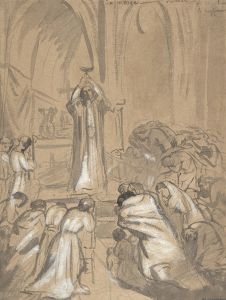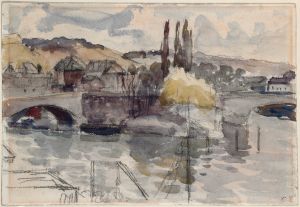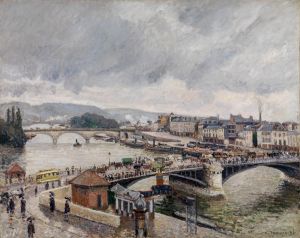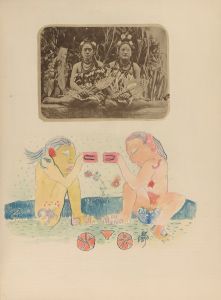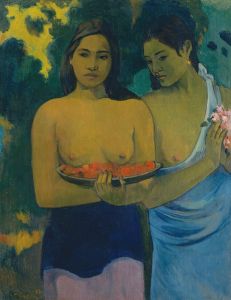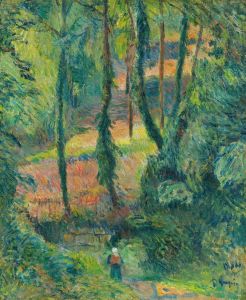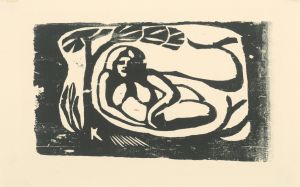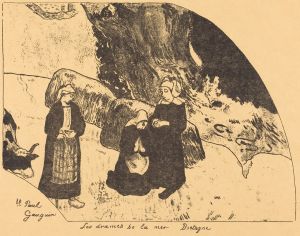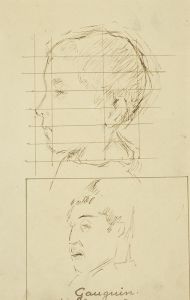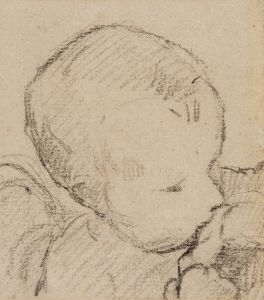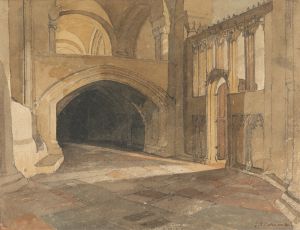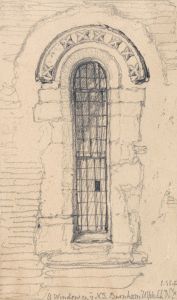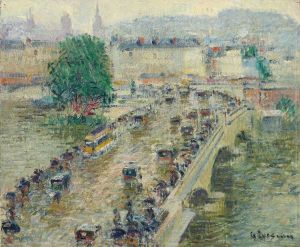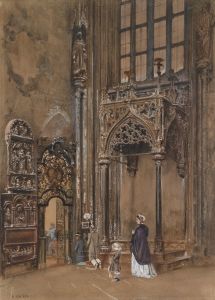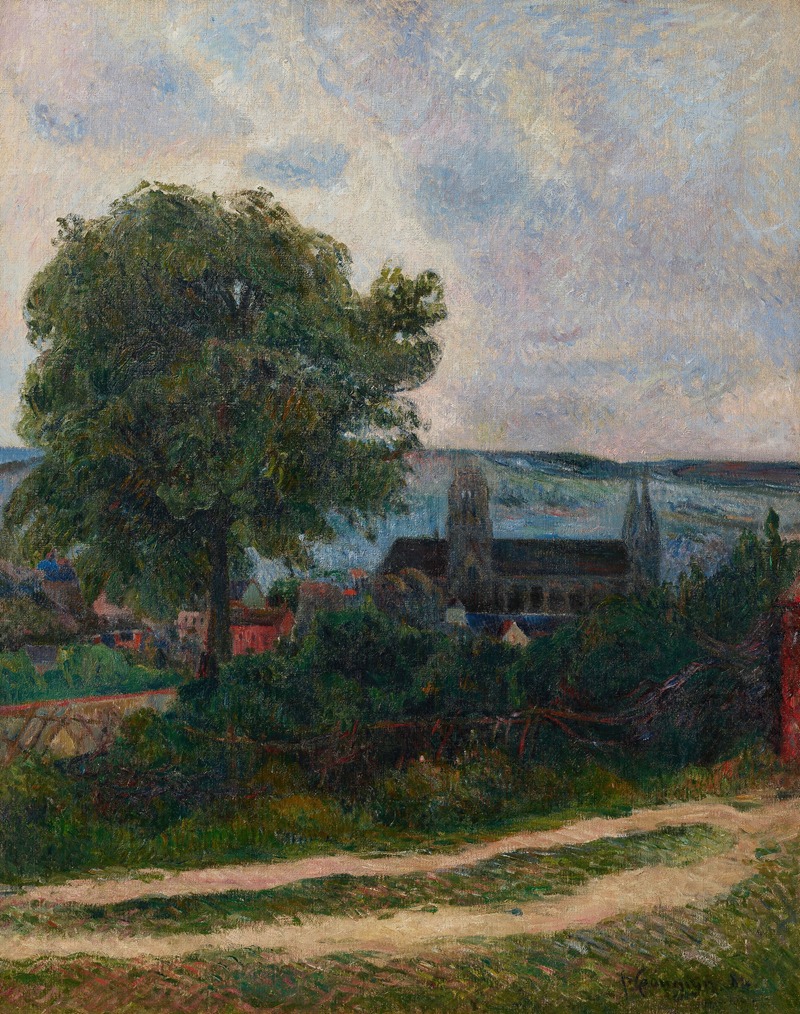
Rouen, L’église Saint-Ouen
A hand-painted replica of Paul Gauguin’s masterpiece Rouen, L’église Saint-Ouen, meticulously crafted by professional artists to capture the true essence of the original. Each piece is created with museum-quality canvas and rare mineral pigments, carefully painted by experienced artists with delicate brushstrokes and rich, layered colors to perfectly recreate the texture of the original artwork. Unlike machine-printed reproductions, this hand-painted version brings the painting to life, infused with the artist’s emotions and skill in every stroke. Whether for personal collection or home decoration, it instantly elevates the artistic atmosphere of any space.
Paul Gauguin's painting Rouen, L’église Saint-Ouen is a work that depicts the Church of Saint-Ouen, a Gothic architectural landmark located in Rouen, France. This painting is part of Gauguin's early artistic period, during which he was exploring his style and experimenting with different techniques. The Church of Saint-Ouen, known for its intricate Gothic design and historical significance, served as an inspiration for many artists, including Gauguin.
The painting captures the church's imposing structure and its surrounding environment, reflecting Gauguin's interest in architecture and urban landscapes during this phase of his career. The work is characterized by its use of color and light, which were central to Gauguin's evolving artistic approach. While Gauguin is best known for his later works inspired by his travels to Tahiti and his association with Post-Impressionism, Rouen, L’église Saint-Ouen provides insight into his earlier artistic explorations in France.
The exact date of the painting is not definitively documented, but it is believed to have been created during the 1880s, a period when Gauguin was still developing his unique style and was influenced by Impressionism. The painting reflects his interest in capturing the essence of a place through his own interpretation, rather than adhering strictly to realistic representation.
Currently, detailed information about the painting's provenance, its current location, or its exhibition history is not widely available. It remains a lesser-known work within Gauguin's oeuvre, overshadowed by his more famous pieces from his later periods. However, it holds significance as part of his artistic journey and his engagement with French landscapes and architecture.
This painting is an example of Gauguin's ability to find inspiration in his surroundings and to translate architectural forms into his own artistic language. It contributes to the broader understanding of his development as an artist and his transition from Impressionism to the more symbolic and expressive style that would define his later works.





